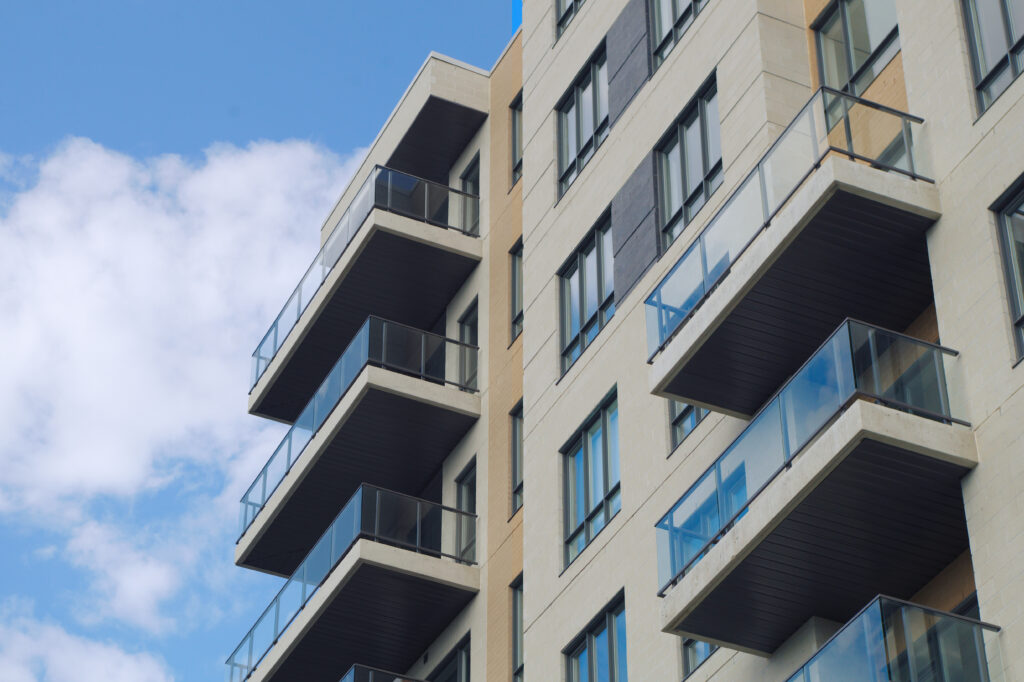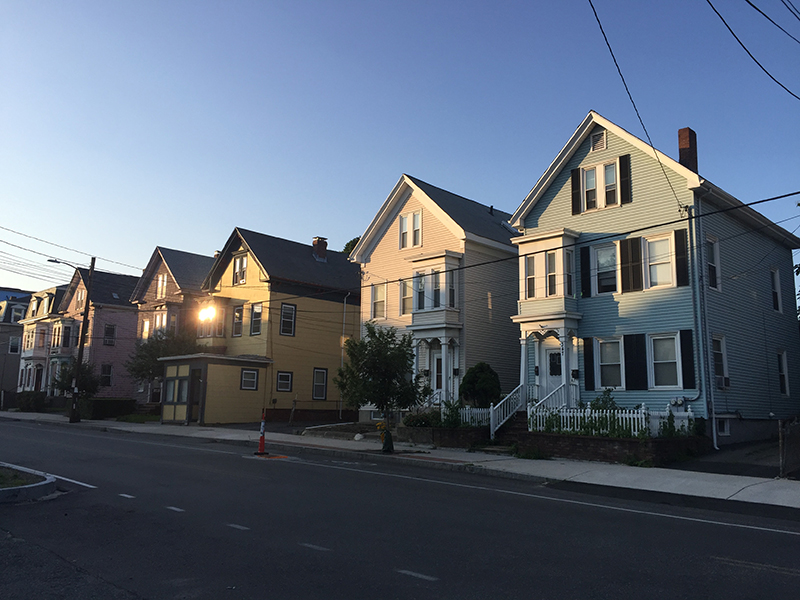
This week, twenty presidential hopefuls will take the stage in Miami for the first Democratic primary debate. In between all the personalities and policy proposals, housing affordability is among the issues expected to receive considerable attention.
It should come as no surprise to candidates that America’s housing affordability crisis is on the minds of many voters. In fact, research from the Pew Charitable Trust shows that over half of American renter households pay more than 30 percent of their income on housing costs.
As Democratic pollster Geoff Garin explained, “For voters who are in the rental housing market, the cost of housing is as big an economic stressor as virtually anything else.” His polling suggests that concern is only growing. When Garin asked voters in 2016 if they thought housing affordability was a problem where they lived, 39 percent said it was a fairly serious or very serious problem. This year, that number is 60 percent.
While some candidates have more substantive proposals than others, their solutions can be grouped into rough categories. Former HUD Secretary Julián Castro and Senators Kamala Harris, Cory Booker and Amy Klobuchar all support some form of tax credit offered to Americans who pay more than 30 percent of their income on rent.
Castro, along with Senator Elizabeth Warren, support proposals that would increase investments in federal housing funds to build and preserve affordable housing. They also support programs that would incentivize local governments and municipalities to lower zoning barriers to building in areas most affected by the housing affordability crisis.
While it’s encouraging to see candidates take this issue seriously, the fact remains that if we want to make a dent in the severe housing shortages facing communities throughout America, we need holistic solutions. In many states where the problem of housing affordability is most acute, development simply hasn’t kept pace with the growth in population. Until we solve that basic math problem, other approaches won’t have an impact.
Adopting policies that encourage the construction of additional homes and increase direct assistance to renters is key. Between now and 2030, the U.S. needs to add 328,000 new apartment homes each year to accommodate household growth and losses to stock.
A good example of policymakers charting an effective course is the Minneapolis City Council’s decision to remove single-family zoning. Previously, multifamily units could not be built in 70 percent of the city’s neighborhoods. Minneapolis recognized the need for a wider range of housing options and voted to upzone neighborhoods throughout the city, allowing more forms of housing to be constructed. Willingness to adopt a YIMBY mindset will allow developers to increase the variety of housing stock to accommodate the needs of the city’s growing population.
Public-private partnerships can also serve as a model to drive down the cost of housing. For instance, in Denver, the city, local businesses and non-profits have come together to activate a pilot program called LIVE Denver to address its immediate affordable housing needs by connecting vacant market-rate apartment units with workforce families and individuals.
When millions of Americans tune in to watch the debates next week, they’ll be looking for someone with ideas big enough to tackle the most pressing issues facing neighborhoods across our nation. And for the more than half of American households who spend more than 30 percent of their income on housing, housing affordability will be on the top of their list.




